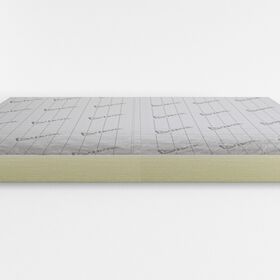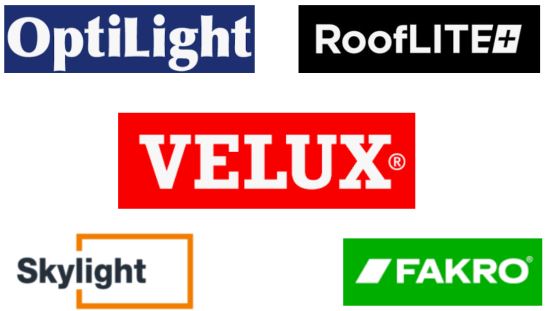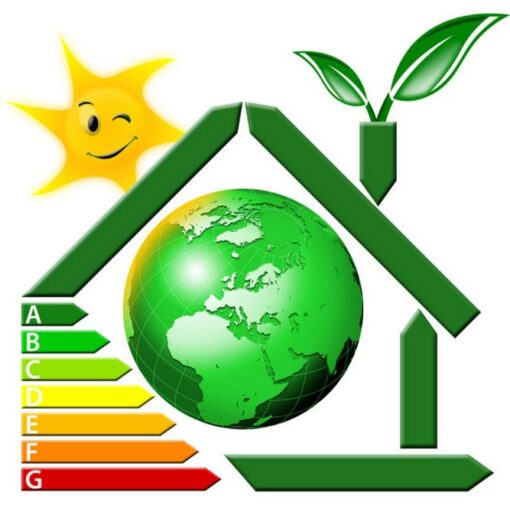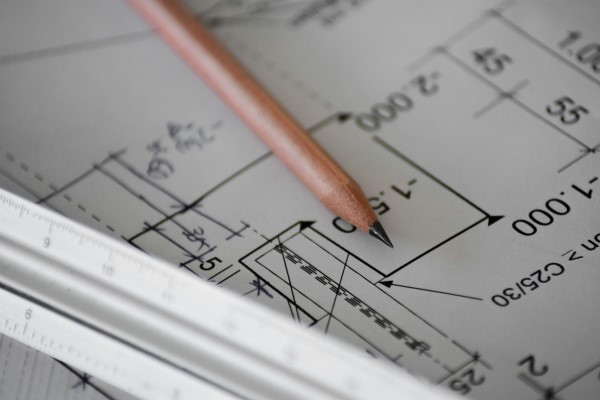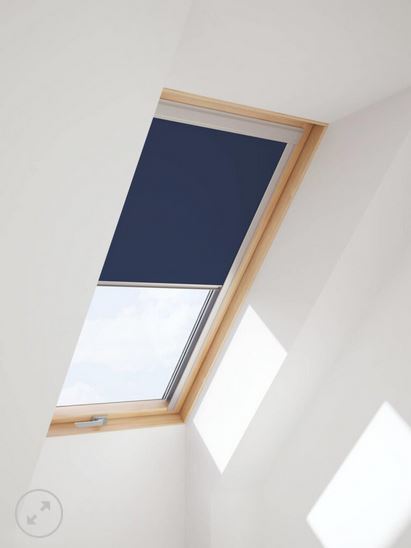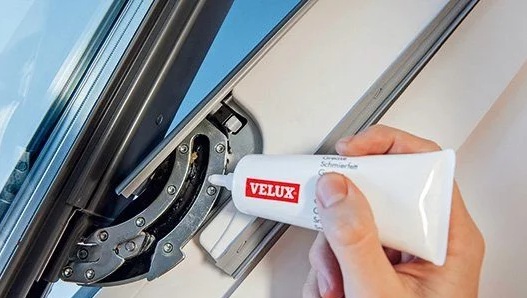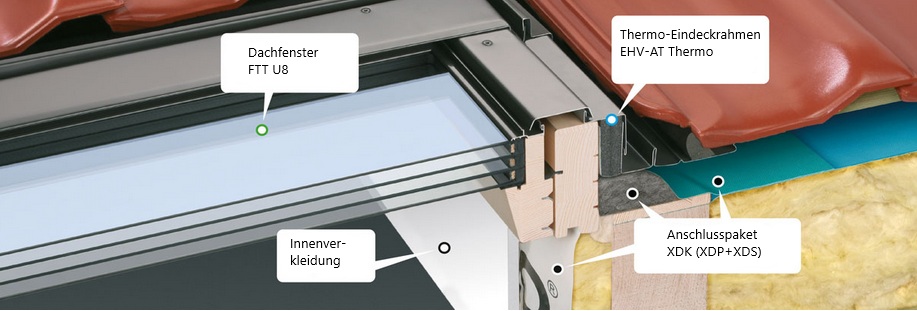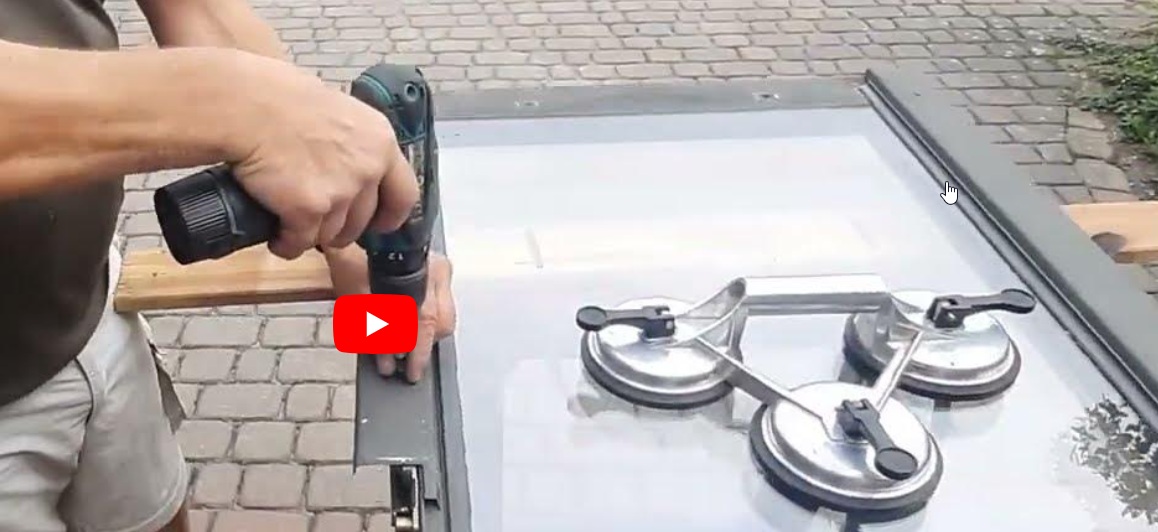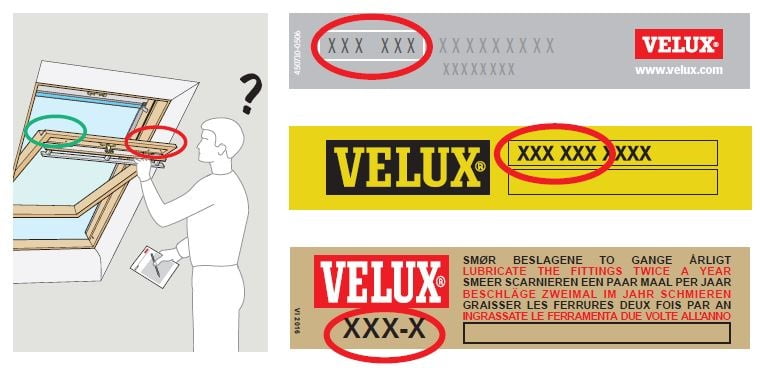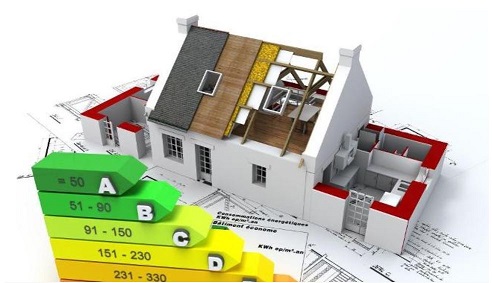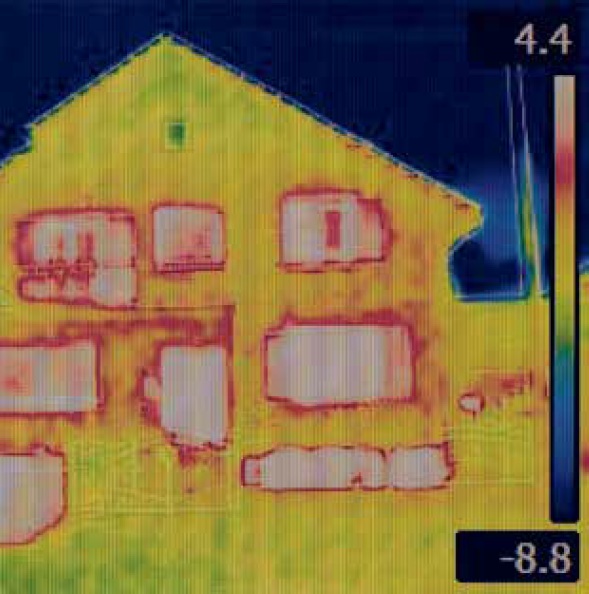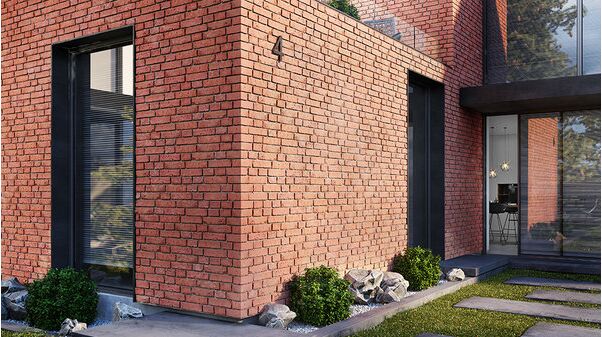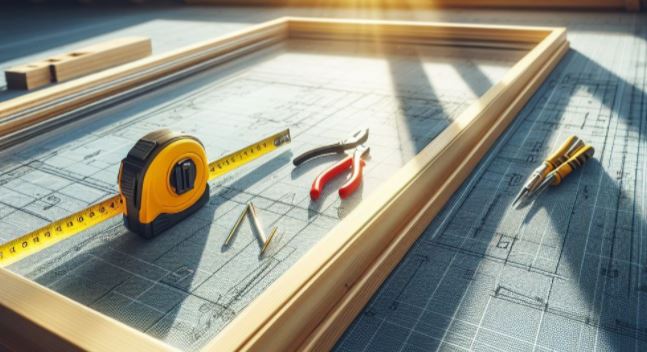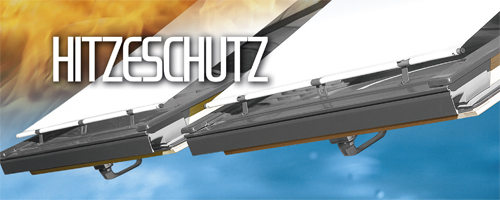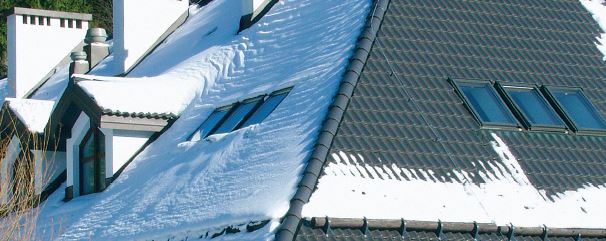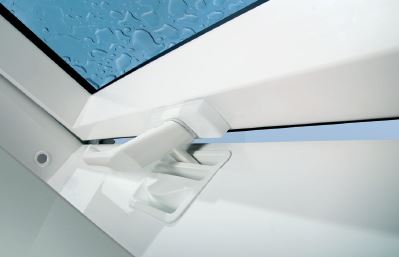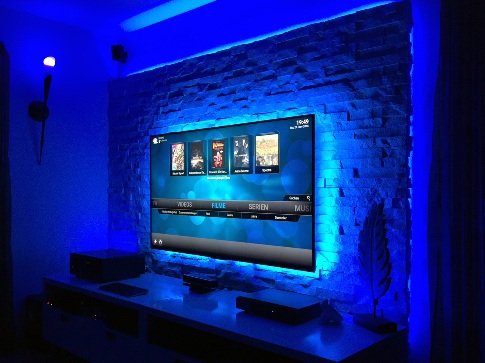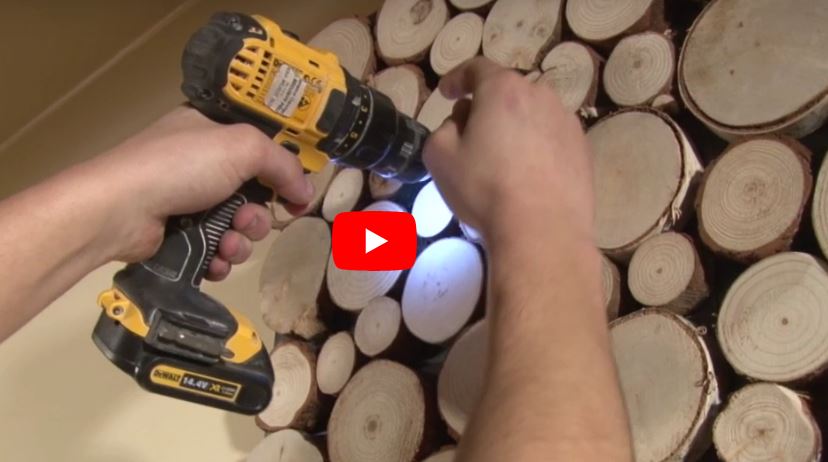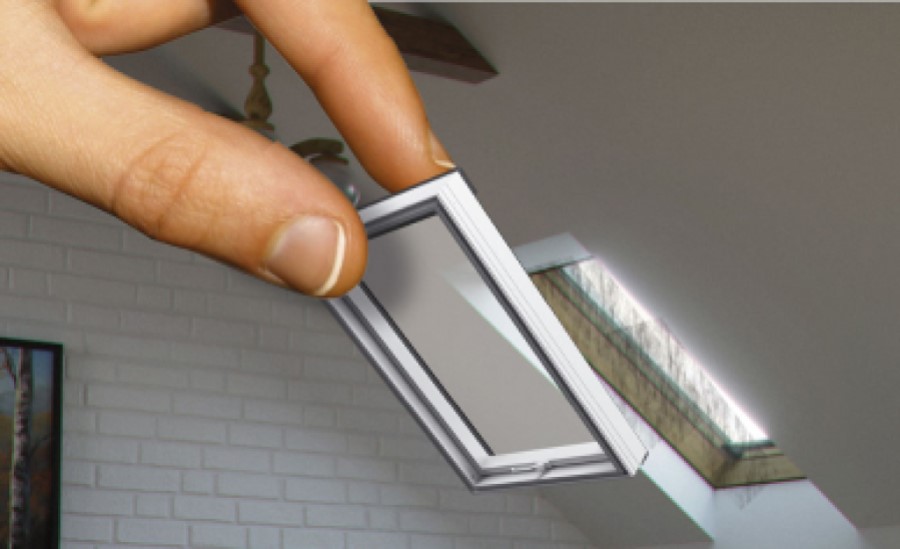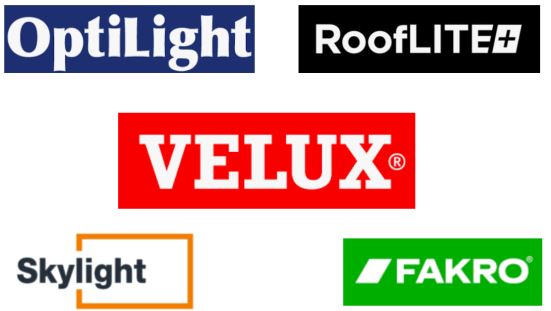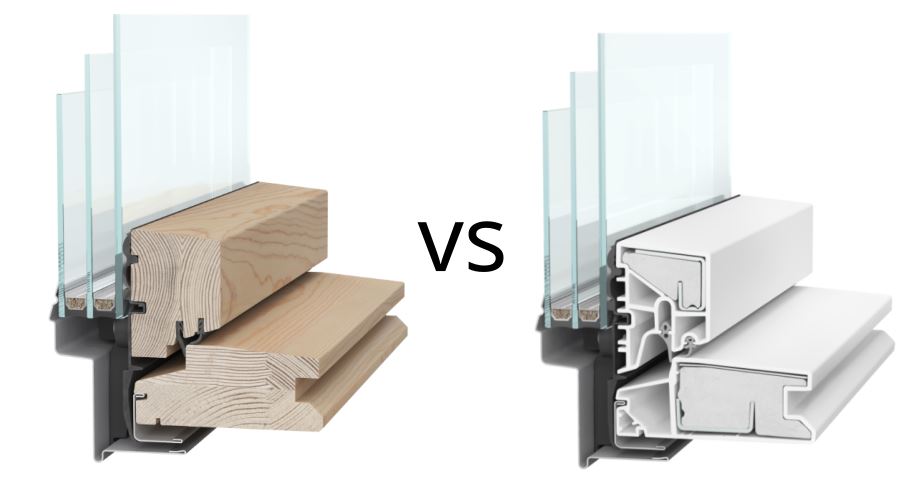Polyisocyanurate panels are used as a component of thermal insulation systems. They provide efficient thermal insulation as compared to other construction materials such as mineral wool or foamed polystyrene. They allow for cost-effective, long-lasting, and safe use of a house or an apartment.
Polyisocyanurate panels are used to insulate:
- foundations;
- walls;
- exterior walls;
- ceilings;
- terraces and balconies;
- flat roofs, and pitched roofs.
PIR term-AL construction
The double-sided panel lining is made of KRAFT paper covered with aluminium (AL). The core of the panel is made of rigid polyisocyanurate foam (PIR) with very good insulating and fire-resistance properties Edges are milled for ease of installation and improvement in thermal insulation.
Joint types
Milling can be performed as follows:
| FIT | LAP | TAG |
| Straight edges | Overlap edges | Tounge and Groove |
 |
 |
 |
Technical data
| Parameter | Value | ||||||||||||
| Apparent density of core | kg/m3 | 30 (+6/-2) | |||||||||||
| Declared heat conductivity coefficient λD | W/m*K | 0.022 | |||||||||||
| Panel thickness | mm | 20 | 40 | 50 | 60 | 80 | 100 | 120 | 150 | 180 | 200 | 220 | 250 |
| Thermal resistance RD | m2*K/W | 0.90 | 1.80 | 2.25 | 2.70 | 3.60 | 4.50 | 5.45 | 6.80 | 8.15 | 9.05 | 10.00 | 11.35 |
| Heat transfer coefficient U | W/m2*K | 1.10 | 0.55 | 0.44 | 0.37 | 0.28 | 0.22 | 0.18 | 0.15 | 0.12 | 0.11 | 0.10 | 0.09 |
| Fire reaction classification | E | ||||||||||||
| Compressive strength | ≥ 120 kPa | ||||||||||||
- Termo Organika Sp. z o.o. | Bolesława Prusa 33 | Kraków 30-117 | Poland | [email protected]


